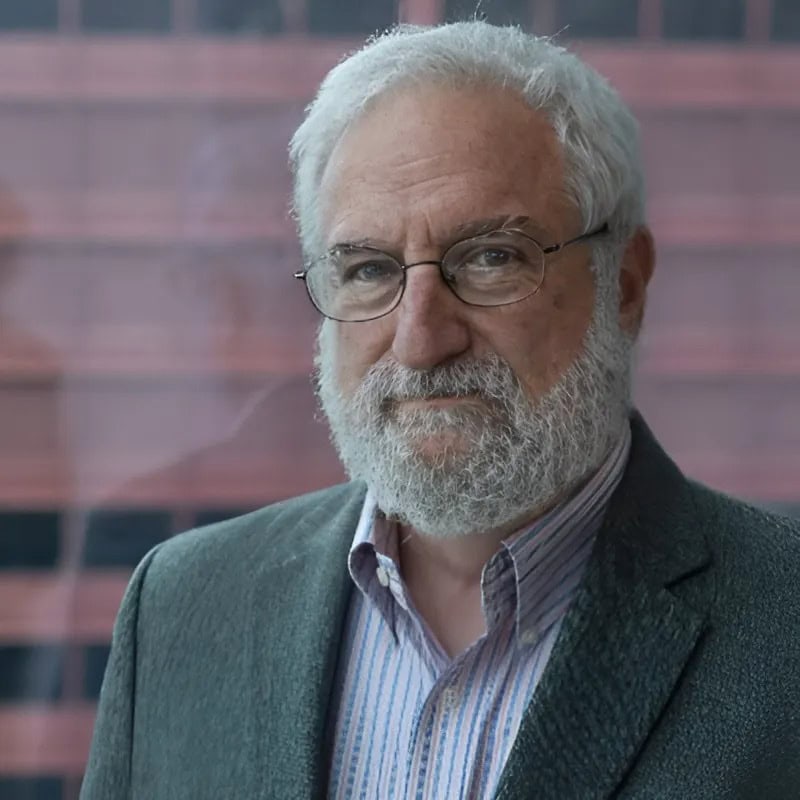This September issue of Perspectives marks the 140th anniversary of the first annual meeting of the AHA on September 9, 1884, in Saratoga, New York. It also invites you to attend our upcoming conference, held in New York City from January 3 to 6, 2025. I’m struck by the resonances as well as the differences, aware that even the resonances don’t necessarily represent continuity. (I can’t resist noting that the “special rates at the United States Hotel” trumpeted in the meeting’s announcement remain a tradition—this year’s hotel rooms start at just $209 a night.)
Consider the call for the 1884 meeting, signed by five men. Two were officers of the American Social Science Association. As a US Army officer during the Civil War, John Eaton established refugee camps in the Mississippi valley and schools in Tennessee. By 1884, he had been federal commissioner of education for 14 years. Franklin Benjamin Sanborn, a former supporter of John Brown, had built a career as a journalist, and at the time of the meeting to form the AHA, he was the Massachusetts state inspector of charities. Neither identified as a historian or wrote history. The three historians—Charles Kendall Adams, Herbert Baxter Adams, and Moses Coit Tyler—served as faculty members at institutions public, private, and, in the latter’s case, uniquely hybrid; they hailed from the Midwest, South, and Northeast, respectively. They did not divide in some other ways: all were white, all Protestant, all men.
I suspect that the racial demographic and cultural homogeneity made it easier for the 25 attendees to navigate their occupational differences. Along with historians, this initial convening also included a librarian, representatives of historical societies, and “several other college graduates and men of affairs.” Only later would the AHA’s leadership skew sharply toward leading research scholars employed largely at elite universities.
Progress is often anything but linear.
The ensuing years remind us that progress is often anything but linear. The group would remain white and nearly all men. It took the influence of one of those founding Adamses (Herbert Baxter) to get W. E. B. Du Bois onto the 1909 program. Perhaps his thorough and cogent critique of the prevailing, and racist, Dunning School interpretation of Reconstruction had something to do with the 31-year interval before the Association again would dare to allocate an annual meeting slot to a Black scholar. More likely, it was the same racism that lay at the heart of the histories produced and legitimated by the AHA for much of the 20th century.
That 1940 session on “The Negro in the History of the United States” was a small step in the thorough revision of that historiography, a process that would take a generation. Du Bois chaired the panel, which included papers by Charles H. Wesley (belatedly memorialized in this issue of Perspectives) and Rayford W. Logan, the distinguished scholars whom the AHA and the Association for the Study of African American Life and History continue to honor with an annual book prize.
That session took place at the Hotel Pennsylvania, a mile south of the site of our gathering this January. New York has changed in the intervening decades; the 1940 conference hotels are no longer standing, although one can take the same subway lines that existed at that time directly to today’s site. And the AHA has changed. The presidential address that year, by Max Farrand (whose named graced the fellowship that enabled me to travel for my dissertation research many years ago), stated unequivocally that “history is the experience of the race.”
A review of the 1940 program suggests that Farrand was probably closer to the discipline’s zeitgeist than the conversation that Du Bois chaired in the hotel’s roof garden. At that time, the American Historical Review still refused to review books by Black scholars, the AHA’s obituaries generally ignored occasions of their passing, and it would be two decades before a Black scholar would be elected to serve on the AHA Council—and then two more before the same historian, John Hope Franklin, would wield the same gavel that Farrand used to call the 1940 meeting to order.
Historians no longer question the centrality of African American history to broad narratives of American and world history. And it is no longer remarkable that our annual meeting would open with a plenary that focuses on Black history. At the 2025 meeting, it will be a reconsideration of the context and influence of one of the most influential texts in African American history: Alain Locke’s 1925 compilation The New Negro, initially published as a special issue of Survey Graphic magazine.
That distinguished opening panel will include not only historians but also a journalist and an art historian employed as a museum curator. The second plenary will feature filmmakers Ken Burns and Sarah Botstein along with historians and others involved in the making of the upcoming six-part PBS series, The American Revolution. The session will include short clips from the film. We await the outcome of the presidential election on November 5 to plan a third plenary to discuss historical perspectives on what happened and perhaps even how and why.
Historians no longer question the centrality of African American history to broad narratives of American and world history.
A striking aspect of this year’s program is the diversity of sessions on the many ways of being a historian—a major theme in the work of the AHA over the past decade. The founders of four major national museums—the 9/11 Museum, the National Museum of African American History and Culture, the National WWII Museum, and the Tenement Museum—will reflect on those accomplishments. Two sessions will bring historians together to discuss “Historians Writing about Themselves and Their Ancestors.” We will discuss “What Robinson Crusoe Tells Us about Race.” A panel of major funders will offer insights (and answer questions) about how historians can obtain financial support for our work. We will have sessions on how to create podcasts, how to write op-eds, and how to do all sorts of innovative digital scholarship. There will be conversations on publishing, career transitions, archives, and historical work at small liberal arts colleges. Historians who spend a large proportion of their time in classrooms might find the five State of the Field for Busy Teachers sessions especially useful. Those teaching at all levels will find multiple opportunities to share insights in both formal and informal settings. The program will highlight various aspects of the New York metropolitan area, including conversations focused especially on teaching, a panel chaired by the creator of the iconic Encyclopedia of New York, and tours of local historical institutions organized by our Local Arrangements Committee. And we’ll all find out, amid the national clamor about historians supposedly “indoctrinating” their students, what is actually taught in K–12 classrooms, when an AHA research team presents results of a two-year national study of state standards, district-level mandates, and classroom practices.
This just scratches the surface of the hundreds of sessions on the program, which will be posted on the AHA website in mid-September. Everything does indeed have a history, and I can assure everyone reading this column that they will find something (more likely, many things) of interest.
I should also note that the annual meeting is far more than the sessions. The organizers of the 1884 gathering referred to “the exchange of ideas and the widening of acquaintance.” As the Nation explained a few days before the inaugural meeting, “It is not so much the reading of papers that advances science in these American and British associations—it is the association itself; it is the meeting of men and the exchange of ideas.”
We have moved well beyond a “meeting of men.” And we are now exchanging a broader range of ideas with a wider circle of acquaintances.
This work is licensed under a Creative Commons Attribution-NonCommercial-NoDerivatives 4.0 International License. Attribution must provide author name, article title, Perspectives on History, date of publication, and a link to this page. This license applies only to the article, not to text or images used here by permission.

